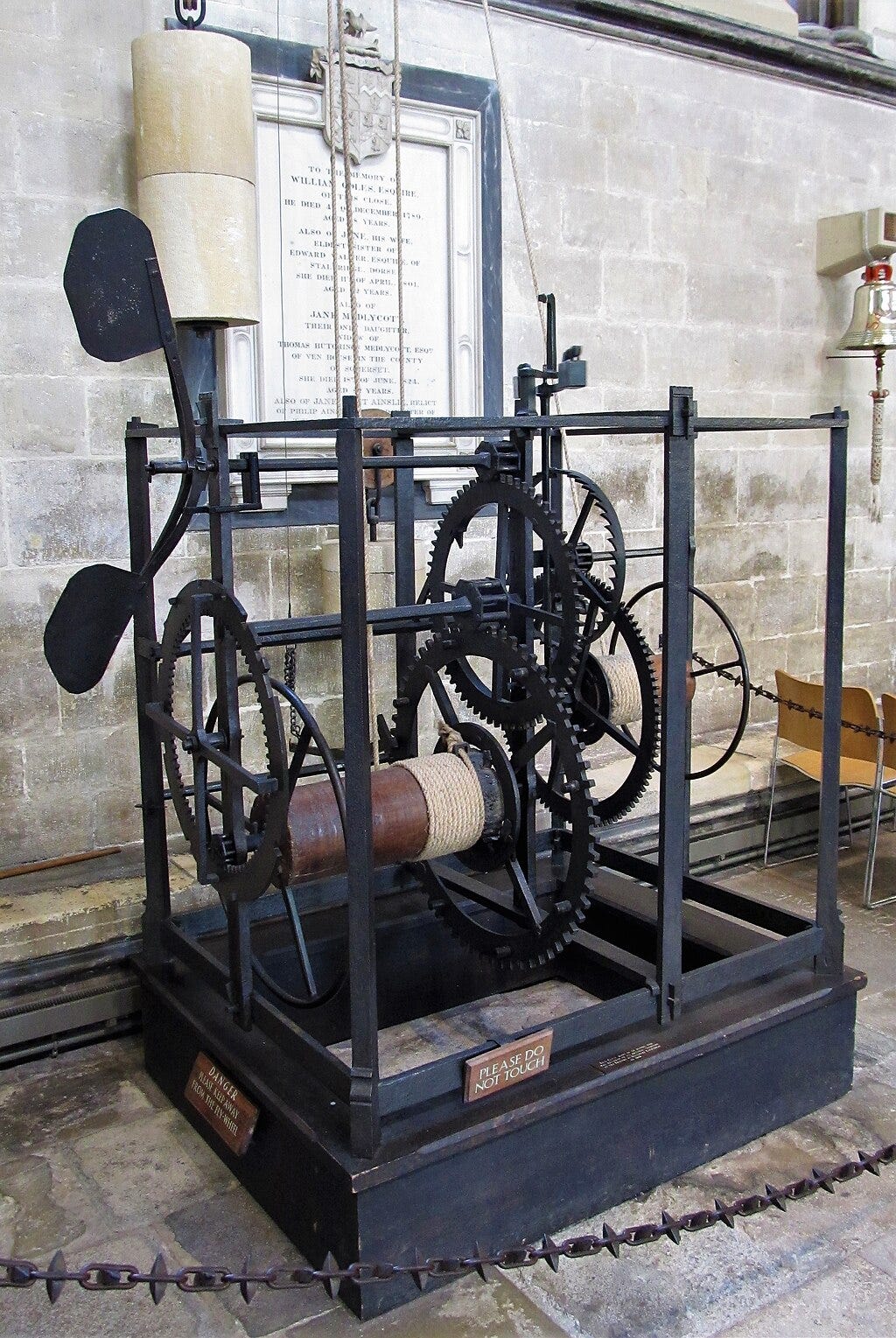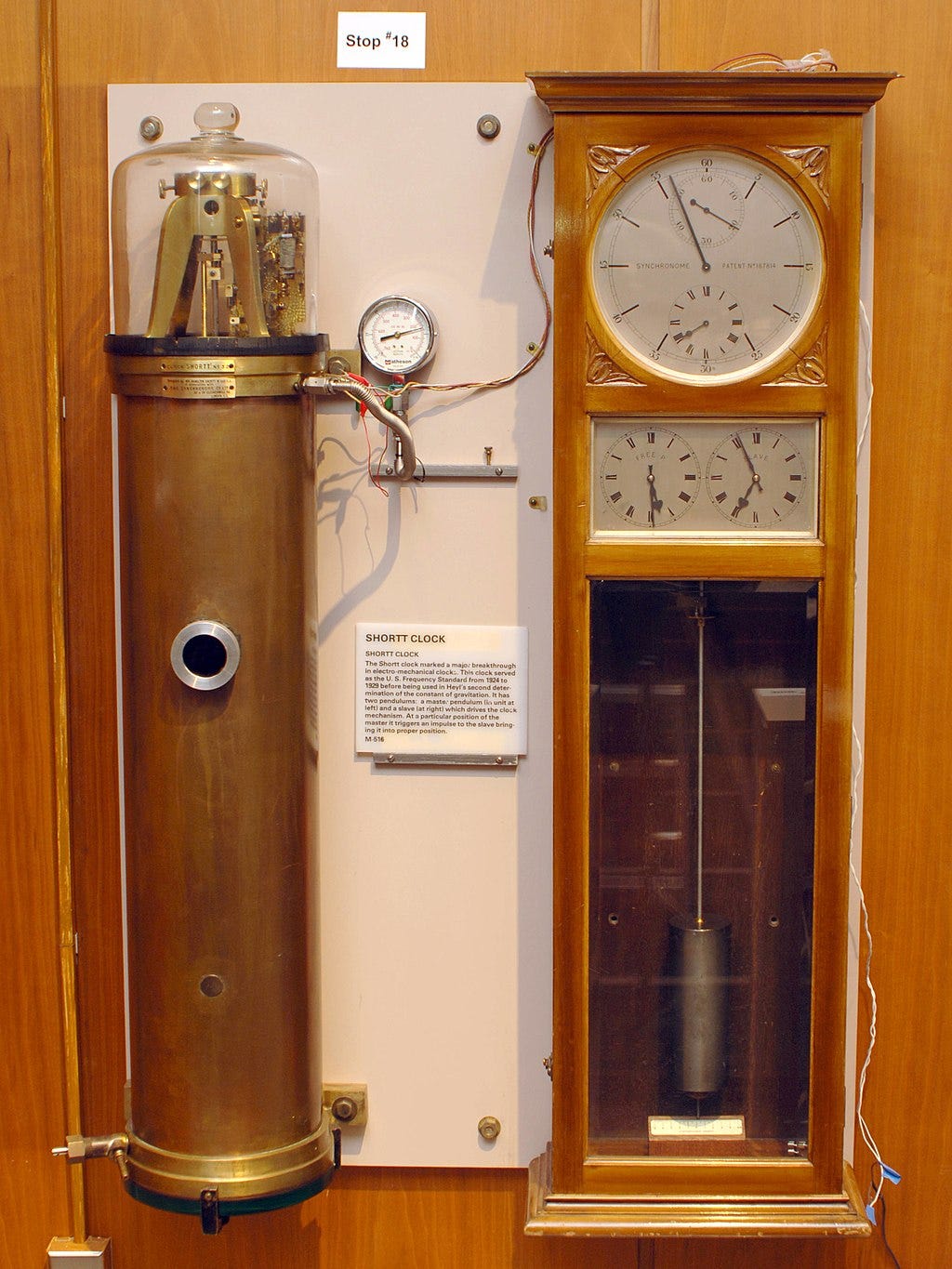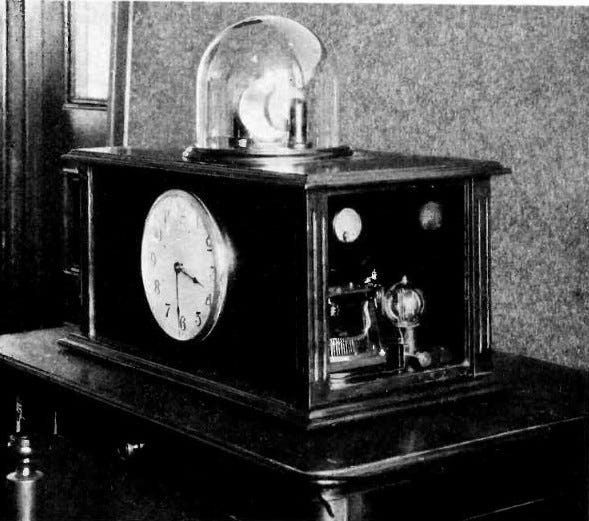A Brief History of Timekeeping: Part 1
From sundials to quartz oscillators, and how MEMS is trying to take over the quartz market.
As of 2024, the most precise clock ever engineered loses 1 second every 30 billion years, which is over twice the age of our universe.
Precise timing is important for a host of applications: GPS, communications, navigation, seismic exploration, and scientific research, to mention a few.
How did we get to such extraordinary levels of precision? The history of timekeeping is fascinating, and the accuracy we have today did not come easy. It is the evolution of thousands of years of effort, and the product of humanity’s greatest minds.
This topic will be discussed in two parts.
In Part 1, we will look at the timekeeping from the time of sundials to the development of quartz clocks in the 1950s, and how silicon MEMS oscillators are the new contender today to replace quartz.
In Part 2, we will discuss high precision techniques: atomic, fountain, quantum-logic and optical clocks.
Here is a ToC:
Shadow and Flow-based Clocks
Mechanical Clocks
Quartz Clocks
Silicon MEMS Clocks
Read time: 10 mins
Shadow and Flow-based Clocks
The earliest known type of clocks are shadow clocks and sundials first invented by the Egyptian civilization in 1500 BC. The length of the shadow cast on the clock indicated time, but due to the non-circular orbit and axial tilt of Earth, the time kept by sundials varied through the seasons and were off by as much as sixteen minutes. To correct for this, sundials were often inscribed with a correction factor called the Equation of Time, a graph that showed how many minutes to add or subtract based on the season. Sundials obviously didn’t work at night, so Egyptian astronomers used stars to divide the night sky into twelve divisions. Having twelve divisions of night and day put the concept of a 24 hour day in place.
A clock that did not depend on the sun would work during both day and night. Flow-based clocks, such as water clocks, were the successor to shadow clocks. Water clocks have been dated to 1400 BC and consist of a vessel with markings on it, from which water slowly drips out. The level of water was an indication of time, and such clocks were accurate to about 15 mins per day. For several thousands of years, water clocks were the most accurate timekeeping devices known. Many variations of the original vessels with inscriptions were invented, and they involved multiple vessels, siphons and various kinds of hydraulics. Using water had its problems: it was environment sensitive, often evaporating or freezing, and was hard to transport.
It wasn’t until the Middle Ages, that sand was used to build a flow-based clock which are used in hourglasses even today. It solved many of the problems of water-based clocks. Mariners could use these on ships, where water-based clocks were unusable. Since the friction from sand could widen the opening over time, these clocks were actually less accurate than water-based clocks. Sand based clocks that could run through the night were also too heavy.
Candle clocks were another flow-based clock that relied on melting rate. Around the ninth century, King Alfred the Great of England was said to have six 12-inch candles, each of which burned for four hours. He allocated two candles each to study, business and rest — a simple and effective way to manage the day.
Mechanical Clocks
Around the mid 1300s, the invention of a device that converts rotational motion into a back and forth “tick-tock” motion called an escapement allowed the creation of an oscillator that soon became the very soul of timekeeping. It used a vertical rod called a verge that would swing a bar back and forth and a horizontal rod called a foilot with weights on each end to adjust the clock rate. This complex mechanism invented nearly 3000 years after the water clock had worse accuracy — it gained or lost about one hour per day. Even after improvements were made, they were about as good as water clocks — with an accuracy within fifteen minutes a day.

It all changed with the invention of the pendulum clock by Christiaan Huygens, a Dutch physicist known for the wave theory of light, who replaced the foilot with a pendulum in the mid 1600s. The pendulum is the only device in all of timekeeping history until this point, that made improvements to timekeeping accuracy by orders of magnitude. It only lost about 10 seconds per day (represented as ~10^-4)! This was the only time it made sense to even have a seconds hand on a clock face.
A later variation of the verge escapement design called the anchor escapement reduced the pendulum swings to a few degrees. This made the pendulum clock more accurate. Also, longer, slower moving pendulums used lesser energy. Today’s grandfather clocks owe their long, narrow shape to anchor escapement designs.
In 1921, a British railway engineer named William Shortt devised a complex device that used two pendulums, a master and a slave. The master pendulum was left to swing in a vacuum chamber with a lever that pushed it only once in thirty seconds. The slave clock was subject to all the disturbances that disrupt clock accuracy, but it was not actually used to keep time. In what was advertised as a “Perfect Clock”, the Shortt pendulum clock lost only about one second every 12 years1 (~ 2 x 10^-9).
The Shortt clock was so sensitive that it could detect changes in gravity due to the impact of the sun and moon on the tide. It became the primary standard for time, and was extensively used in astronomy and scientific research. This clock was used by Physicist Paul Heyl in 1930 to determine the value of gravitational constant G = 6.673 x 10^-11 m3/kg/s2, which is close to the value obtained later with more sophisticated equipment (in 2022, G=6.67430 x 10^-11 m3/kg/s2).

Before we go to more modern timekeeping methods, a note to the more knowledgable readers on this subject: I have intentionally left out the story of John Harrison, his chronometer and the problem of longitude measurement because it is so amazing that it needs to be in its own article — on the need for timing in navigation and positioning — which I am planning for a future post.
Quartz Clocks
In 1880, brothers Pierre2 and Jacques Curie demonstrated piezoelectricity or the conversion of electrical to mechanical energy and vice versa, in quartz crystals. For the next forty years, this remained a scientific curiosity, until scientists started using it during World War I to detect submarines using sonar.
The real uses of quartz came about during the early days of radio communication. In the early 1920s, US broadcast radio required that stations transmit within specific frequency bands to avoid interference. The invention of the piezoelectric resonator using quartz by Physicist Walter Cady in 1920, and its subsequent refinement by his friend George Pierce, an electrical engineering professor at Harvard, provided the highly stable reference signal that was required to make radio communications work.
Pierce also demonstrated that quartz crystals could be made to oscillate at specific frequencies by controlling the angle and thickness of the cut. When the Federal Communications Commission (FCC) (founded in 1927) demanded that radio stations stay within 50 Hz of their allotted frequency, the quartz oscillator provided a 100 kHz radio frequency reference that was two-orders of magnitude more accurate. The quartz-based Pierce oscillator still used today, made radio communications possible.
The quartz clock came about in 1924 when William Marrison and Joseph Horton at Bell Laboratories used a 100 kHz quartz oscillator, divided its frequency by 100, and used it to drive a 1000-cycle synchronous motor. This clock was accurate to 0.2 seconds per day (~2 x 10^-6). Through the 1930s quartz clocks rapidly advanced, becoming both smaller and more accurate. By early 1940s, quartz clocks had reached an accuracy of 0.004 seconds per day (~5 x 10^-8) and by early 1950s, they were accurate 10 microseconds per day (~10^-10) making pendulum clocks obsolete for time reference.
Since the 1950s, quartz clocks have not improved in accuracy for a few reasons. Even if crystals are cut precisely, no two quartz clocks produced exactly the same frequency. External temperature had a serious impact on oscillation frequency that they needed to be kept in a temperature-controlled oven, resulting in Oven-controlled Crystal Oscillators (OXCOs) or Temperature-Compensated Crystal Oscillators (TCXO). There was also the problem of aging in crystals where contaminants resulted in the clock slowing down. Quartz clocks were still accurate enough for wrist watches, which companies like Seiko used in the Astron in 1969, and sold for $1250 (a four door sedan cost about $2000 then). Today, we manufacture billions of watches, 99% of which are quartz based.

Silicon-based MEMS Clocks
This is a good point to jump off the time train, and skip ahead to the present. Today, microelectromechanical systems (MEMS) silicon based oscillators are emerging as an alternative to quartz oscillators.
Quartz oscillators have always required careful cutting of the crystal and complex packaging methods to avoid contaminants and premature aging effects. In contrast, MEMS oscillators are etched out of single crystal silicon and act like tuning forks that resonate at a single frequency. The associated active circuitry to amplify this resonant frequency signal can be designed very close to the resonator to create an integrated solution. This results in MEMS oscillators being much smaller and lighter with lower power consumption and flexible frequency control. In addition, the use of standard CMOS technology provides certain supply chain advantages over quartz oscillator manufacturers who need to source, process and package oscillators using a multitude of post-processing steps.

Some silicon MEMS oscillator manufacturers like SiTime, claim that MEMS devices have superior reliability compared to quartz-based oscillators owing to their proprietary method to package the MEMS resonator in the ultra-pure conditions of a semiconductor fabrication line. Other companies such as Microchip, Abracon and SiLabs also offer drop-in MEMS oscillator replacements to traditional quartz oscillators.
If you’d like to read more about SiTime’s silicon MEMS oscillators, I recommend Dr. Ian Cutress’ article on More Than Moore.
In the second part of this post, we will look at the evolution of atomic clocks, the accuracies they achieved, and state-of-the-art in timekeeping technologies today.
References
I highly recommend reading Michael Lombardi’s 2011 article series “The Evolution of Time Measurements” in IEEE Instrumentation & Measurement Magazine. A lot of the content here is from his excellent storytelling. Links to first two parts below:
https://www.nist.gov/publications/first-series-evolution-time-measurement-celestial-flow-and-mechanical-clocks
https://www.nist.gov/publications/evolution-time-measurement-part-2-quartz-clocks
A few useful resources to learn about silicon MEMS oscillators:
https://www.sitime.com/company/newsroom/articles/why-precision-timing-holds-high-ground-over-quartz-part-1-2-hardware
https://www.sitime.com/company/newsroom/articles/why-precision-timing-holds-high-ground-over-quartz-part-2-2
If you like this post, please click ❤️ on Substack, subscribe to the publication, and tell someone if you like it. 🙏🏽
If you enjoyed this issue, reply to the email and let me know your thoughts, or leave a comment on this post.
We have a community of RF professionals, enthusiasts and students in our Discord server where we chat all things RF. Join us!
The views, thoughts, and opinions expressed in this newsletter are solely mine; they do not reflect the views or positions of my employer or any entities I am affiliated with. The content provided is for informational purposes only and does not constitute professional or investment advice.
It was initially thought that the accuracy of this clock was +/-1 second in a year, but in 1984, further studies revealed that the clock was much more accurate, about 1 second every dozen years.
Pierre Curie’s wife was Marie Sklodowska-Curie known for her pioneering work on radioactivity. Pierre and Marie Curie won the Nobel prize in Physics in 1903 making them the first couple to win it. Marie Curie was the first woman to win the Nobel prize, and later was the first person to win two Nobel prizes, the second one in Chemistry in 1911. Their daughter Irene Curie won the Nobel prize in Chemistry in 1935 with her husband Frederic Curie. The husband of Marie Curie’s second daughter was Henry Labouisse, who accepted the Nobel Peace Prize in 1965 on behalf of UNICEF. No other family in history matches the Curies in Nobel Prizes. The family’s contribution to humanity is truly remarkable.





I had never heard of water clocks; very ingenious. One of my favorite books was Longitude about John Harrison and I’m definitely looking forward to your post about him!
Bravo. Really enjoyed this. Sharing two resources as reference:
Dava Sobel, Longitude
Steven Johnson, How We Got to Now, which has a chapter on time